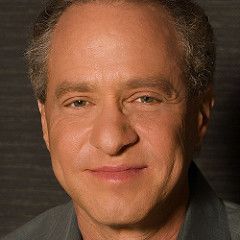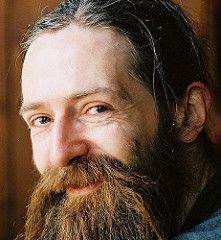What do Singularitarianism and popular Western religion have in common? More than you might imagine. A thumbnail evaluation of both ends of the American technocentric intelligence spectrum reveals both remarkable similarities in their respective narrative constructions and, naturally, amusing disparities. It would appear that all humans, regardless of our respective beliefs, seem to express goal-oriented hardwiring that demands a neatly constructed story to frame our experiences.
Be you a technophile, you are eagerly awaiting, with perhaps equal parts hope and fear, the moment when artificial general intelligence surpasses human intelligence. You don’t know exactly how this new, more cunning intelligence will react to humans, but you’re fairly certain that humanity might well be in a bit of trouble, or at very least, have some unique competition.
Be you a technophobe, you shun the trappings of in-depth science and technology involvement, save for a superficial interaction with the rudimentary elements of technology which likely do not extend much further than your home computer, cell phone, automobile, and/or microwave oven. As a technophobe, you might even consider yourself religious, and if you’re a Christian, you might well be waiting for the second-coming, the rapture.
Both scenarios lead humanity to ironically similar destinations, in which humankind becomes either marginalized or largely vestigial.
It’s difficult to parse either eventuality with observant members of the other’s belief system. If you ask a group of technophiles what they think of the idea of the rapture you will likely be laughed at or drown in tidal wave of atheist drool. The very thought of some magical force eviscerating an entire religious population in one eschatological fell swoop might be too much for some science and tech geeks, and medical attention, or at the very least a warehouse-quantity dose of smelling salts, might be in order.
Conversely, to the religiously observant, the notion of the singularity might for them, exist in terms too technical to even theoretically digest or represent something entirely dark or sinister that seems to fulfill their own belief system’s end game, a kind of techno-holocaust that reifies their purported faith.
The objective reality of both scenarios will be very different than either envisioned teleologies. Reality’s shades of gray of have a way of making foolish even the wisest individual’s predictions.
In my personal life, I too believed that the publication of my latest and most ambitious work, explaining the decidedly broad-scope Parent Star Theory would also constitute an end result of significant consequence, much like the popular narrative surrounding the moment of the singularity; that some great finish line was reached. The truth, however, is that just like the singularity, my own narrative-ized moment was not a precisely secured end, but a distinct moments of beginning, of conception and commitment. Not an arrival but a departure; a bold embarkation without clear end in sight.
Rather than answers, the coming singularity should provoke additional questions. How do we proceed? Where do we go from here? If the fundamental rules in the calculus of the human equation are changing, then how must we adapt? If the next stage of humanity exists on a post-scarcity planet, what then will be our larger goals, our new quest as a global human force?
Humanity must recognize that the idea of a narrative is indeed useful, so long as that narrative maintains some aspect of open-endedness. We might well need that consequential beginning-middle-end, if only to be reminded that each end most often leads to a new beginning.
Written by Zachary Urbina, Founder, Cozy Dark


 The summer 2010 “
The summer 2010 “ Also speaking at the H+ Summit @ Harvard is
Also speaking at the H+ Summit @ Harvard is 